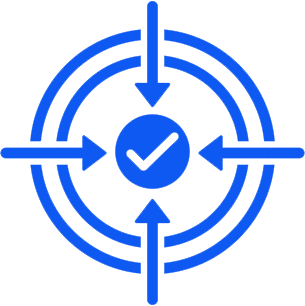Your project deserves the best, and it all starts with a conversation. We’re passionate about understanding your vision, your business, and your challenges. Our team is committed to working closely with you to ensure that your project not only meets but exceeds your expectations. Ready to get started?
Web 2.0 Designing
Web 2.0 is kind of a ridiculous term. Its array of meanings is so broad that it has virtually no meaning at all. Take a look at the Wikipedia page if you want to see some attempts at defining it.
The term Web 2.0 Design has a little more meaning. It refers to an actual style of design.
Large text
Screen resolutions are skyrocketing, and no one likes small print. Simplicity A Web 2.0 design is simple, featuring plenty of whitespace, as well as a lack of superfluous elements.
Strong navigation You can't go wrong with simplistic, attention-grabbing, easy to use navigation. Imagine a site with three tabs along the top, each pointing to the major sections of the site. Compare that to a site with a sidebar filled with twenty-seven links. Which do you think is better? If you can simplify your navigation without sacrificing ease of use, it's definitely a good idea.
Powerful logo Branding is everything on the web. If a site isn't memorable, people won't come back. A unique logo, and a memorable name, is important. Here are some examples.
Apple-like homepages You know the way Apple always has an attention-grabbing image that fills the entire first screen full of their main page? That's big with Web 2.0 sites.
Gradients, Gloss, Flat Colors Some Web 2.0 sites, like Pownce, make use of strong, flat, colors. Others use excessive amounts of gradients and gloss. The plastic and gradient effects are often overused, but they can look good if used sparingly.
Icon mania Elements are more noticeable if they have relevant icons near them.

















